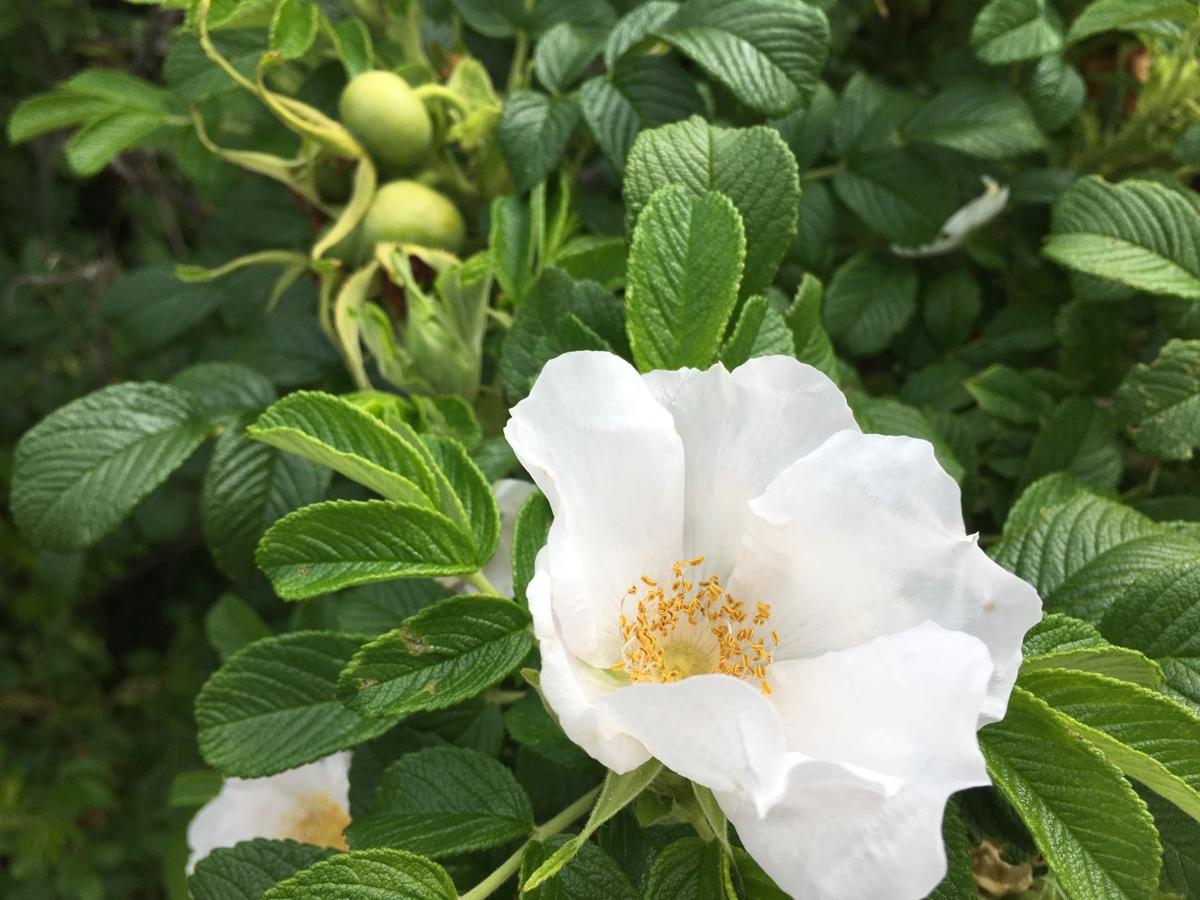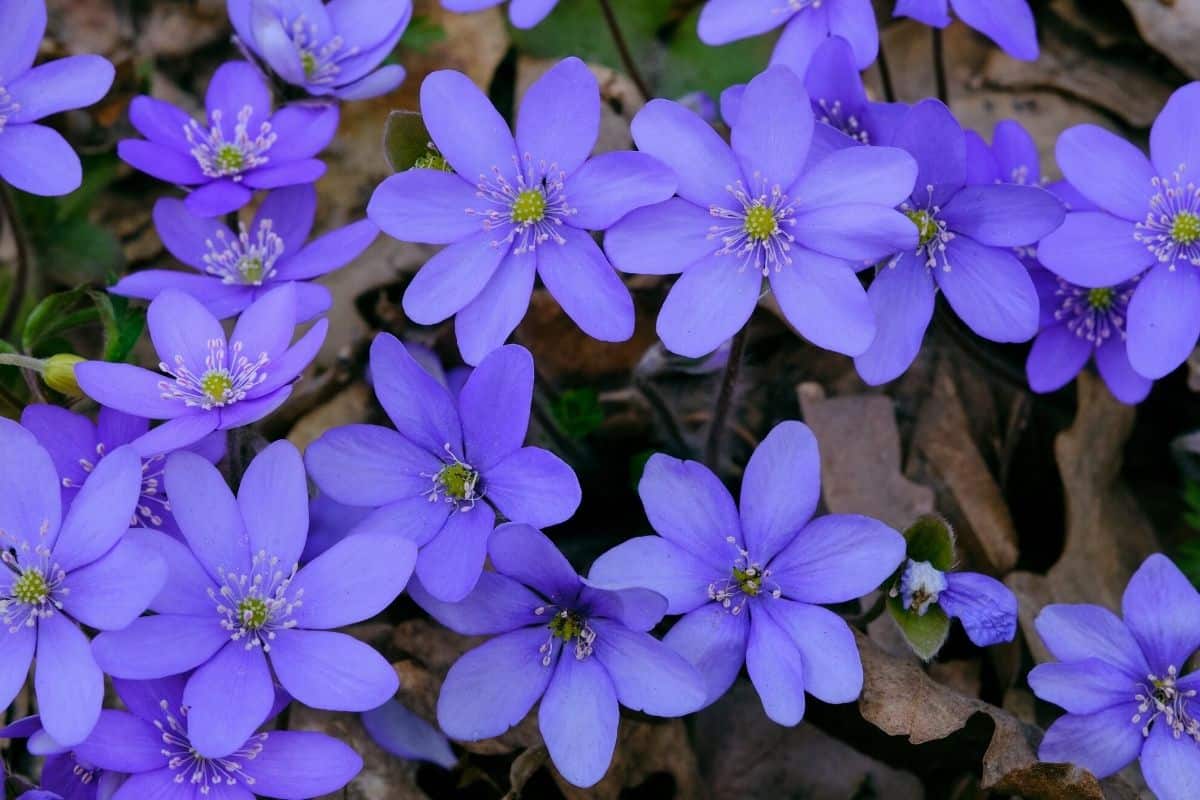Edible Plants in Maine unveils a world of culinary treasures and nutritional wonders, inviting you on a journey to discover the hidden gems that nature has to offer in this vibrant state.
From the lush forests to the sparkling coastline, Maine is a haven for edible plants, each with its unique story to tell. This guide will equip you with the knowledge and skills to identify, harvest, and savor these botanical delights, enriching your culinary adventures and connecting you with the natural bounty of Maine.
Common Edible Plants in Maine

Maine’s diverse ecosystems support a wide range of edible plants that have been utilized by humans for centuries. These plants offer a wealth of nutritional value and culinary delights, adding flavor and variety to our diets. Here’s a comprehensive list of some of the most common edible plants found in Maine, categorized by their scientific and common names:
This table provides a concise overview of these edible plants, including their scientific and common names, descriptions, habitats, and seasonality. By understanding the characteristics and availability of these plants, you can confidently identify and incorporate them into your meals and enjoy the bounty of Maine’s edible flora.
| Scientific Name | Common Name | Description | Habitat | Seasonality |
|---|---|---|---|---|
| Allium tricoccum | Wild Leek | Onion-like bulb with flat, strap-shaped leaves | Moist woods, meadows | Spring |
| Amelanchier canadensis | Serviceberry | Small tree or shrub with blue-black berries | Woods, thickets | Summer |
| Aralia nudicaulis | Wild Sarsaparilla | Erect stem with whorled leaves and clusters of small, red berries | Moist woods, thickets | Fall |
| Asarum canadense | Wild Ginger | Low-growing plant with heart-shaped leaves | Moist woods, thickets | Spring |
| Betula lenta | Sweet Birch | Tree with aromatic bark and leaves | Woods, thickets | Spring (sap) |
| Claytonia virginica | Spring Beauty | Small, delicate plant with white or pink flowers | Moist woods, meadows | Spring |
| Cornus canadensis | Bunchberry | Low-growing plant with whorled leaves and clusters of bright red berries | Moist woods, thickets | Fall |
| Cryptotaenia canadensis | Honewort | Erect stem with fern-like leaves and clusters of small, white flowers | Moist woods, thickets | Spring |
| Dentaria diphylla | Two-Leaved Toothwort | Small, delicate plant with two large, heart-shaped leaves | Moist woods, thickets | Spring |
| Fragaria virginiana | Wild Strawberry | Low-growing plant with three-lobed leaves and red berries | Fields, meadows | Summer |
| Gaultheria procumbens | Wintergreen | Low-growing, evergreen plant with aromatic leaves and red berries | Moist woods, thickets | Fall |
| Hamamelis virginiana | Witch Hazel | Shrub or small tree with large, oval leaves and yellow flowers | Moist woods, thickets | Fall |
| Maianthemum canadense | Canada Mayflower | Low-growing plant with two opposite leaves and a cluster of small, white flowers | Moist woods, thickets | Spring |
| Malus pumila | Wild Apple | Small tree with thorny branches and small, tart apples | Fields, thickets | Fall |
| Mitchella repens | Partridgeberry | Low-growing, evergreen plant with small, round leaves and red berries | Moist woods, thickets | Fall |
| Osmorhiza longistylis | Anise Root | Erect stem with fern-like leaves and clusters of small, white flowers | Moist woods, thickets | Spring |
| Oxalis acetosella | Wood Sorrel | Low-growing plant with clover-like leaves and small, yellow flowers | Moist woods, thickets | Spring |
| Prenanthes alba | White Lettuce | Erect stem with large, deeply lobed leaves | Moist woods, thickets | Spring |
| Rubus allegheniensis | Blackberry | Shrub with thorny canes and blackberries | Fields, thickets | Summer |
| Rubus idaeus | Raspberry | Shrub with thorny canes and red raspberries | Fields, thickets | Summer |
| Smilacina racemosa | False Solomon’s Seal | Erect stem with large, oval leaves and clusters of small, white flowers | Moist woods, thickets | Spring |
| Taraxacum officinale | Dandelion | Low-growing plant with deeply lobed leaves and yellow flowers | Fields, meadows | Spring |
| Trillium grandiflorum | White Trillium | Low-growing plant with three large, white petals | Moist woods, thickets | Spring |
| Vaccinium angustifolium | Lowbush Blueberry | Low-growing shrub with small, blue-black berries | Fields, meadows | Summer |
| Vaccinium corymbosum | Highbush Blueberry | Shrub with larger, blue-black berries | Moist woods, thickets | Summer |
| Viburnum cassinoides | Withe-Rod Viburnum | Shrub with large, oval leaves and clusters of small, white flowers | Moist woods, thickets | Fall |
Nutritional Value and Culinary Uses of Edible Plants

Edible plants found in Maine are a treasure trove of essential nutrients, including vitamins, minerals, and antioxidants. These plants offer a wide range of health benefits, from boosting immunity to reducing inflammation. They are also versatile culinary ingredients that can be incorporated into a variety of dishes, adding flavor, texture, and nutritional value.
Vitamin and Mineral Content
- Vitamin C: Found in abundance in rose hips, wild strawberries, and fiddleheads, vitamin C is crucial for immune function, skin health, and collagen production.
- Vitamin A: Dandelions, lamb’s quarters, and purslane are rich in vitamin A, which supports vision, bone health, and cell growth.
- Potassium: Stinging nettle, dandelion greens, and wild leeks are excellent sources of potassium, an essential mineral for regulating blood pressure and maintaining electrolyte balance.
- Iron: Fiddleheads, dandelion greens, and nettle leaves contain significant amounts of iron, which is vital for red blood cell production and oxygen transport.
Antioxidant Content
Many edible plants in Maine are rich in antioxidants, which help protect cells from damage caused by free radicals. These antioxidants include:
- Anthocyanins: Found in blueberries, raspberries, and elderberries, anthocyanins have anti-inflammatory and antioxidant properties.
- Carotenoids: Present in dandelion greens, carrots, and sweet potatoes, carotenoids are converted into vitamin A in the body and have antioxidant and anti-inflammatory effects.
- Quercetin: Found in onions, apples, and kale, quercetin is a flavonoid with antioxidant and anti-allergic properties.
Culinary Uses
Edible plants can be incorporated into a variety of culinary dishes, enhancing both flavor and nutritional value. Here are some examples:
- Salads: Wild greens such as dandelion greens, lamb’s quarters, and nettle leaves can be added to salads for a burst of flavor and nutrients.
- Soups: Stinging nettle, fiddleheads, and dandelion greens can be used to make nutritious and flavorful soups.
- Main Courses: Dandelion greens can be sautéed with garlic and olive oil, while fiddleheads can be boiled or steamed and served with butter.
Recipes
Dandelion Greens Sauté
- Wash and chop dandelion greens.
- Heat olive oil in a pan.
- Add dandelion greens and sauté until wilted.
- Season with garlic, salt, and pepper to taste.
Foraging and Sustainability: Edible Plants In Maine

Foraging for edible plants in Maine can be a rewarding and sustainable way to connect with nature and supplement your diet. However, it’s essential to practice ethical and sustainable foraging to ensure the preservation of plant populations and the ecosystem.
Before foraging, it’s crucial to identify plants accurately using field guides or consulting with experienced foragers. Avoid harvesting endangered or rare species, and only take what you need, leaving enough for wildlife and future generations.
Respecting Private Property, Edible plants in maine
Always obtain permission before foraging on private property. Respect the rights of landowners and avoid trespassing or damaging vegetation.
Harvesting Techniques
Harvest plants sustainably by using sharp tools and making clean cuts. Avoid uprooting plants or damaging their roots. If harvesting leaves, take only a few from each plant, allowing it to continue growing.
Preservation and Storage
Preserve edible plants by drying, freezing, or canning them. Drying is a great way to extend the shelf life of herbs and fruits, while freezing can preserve the nutritional value of vegetables and berries. Canning is a more labor-intensive method but allows for longer storage.